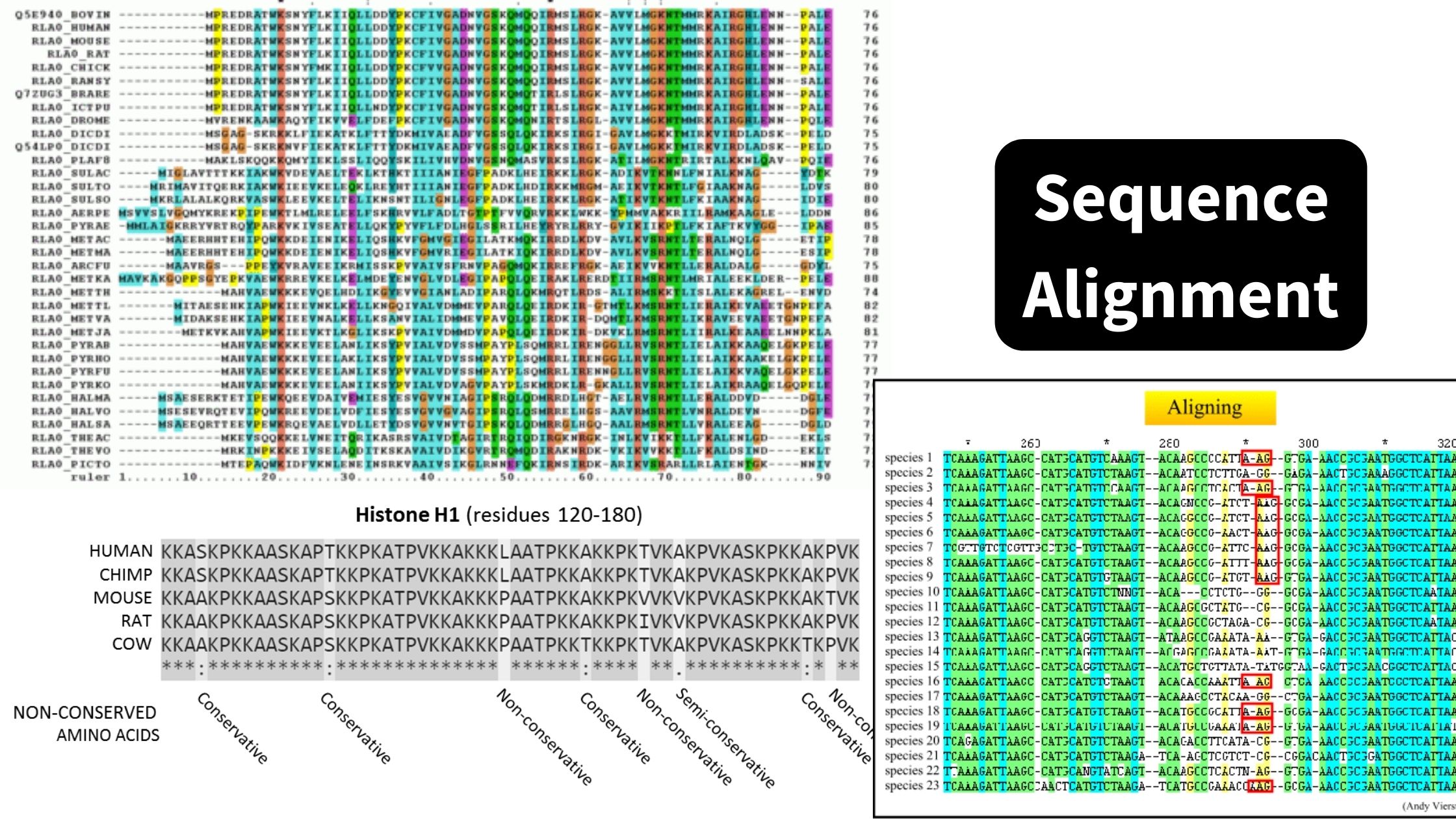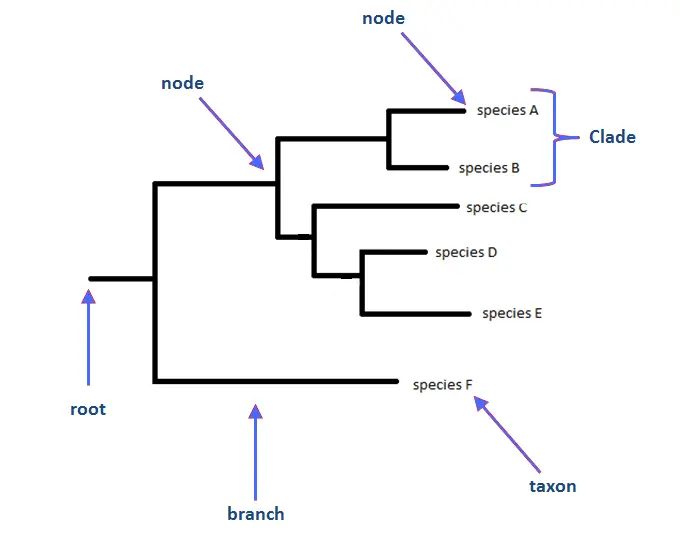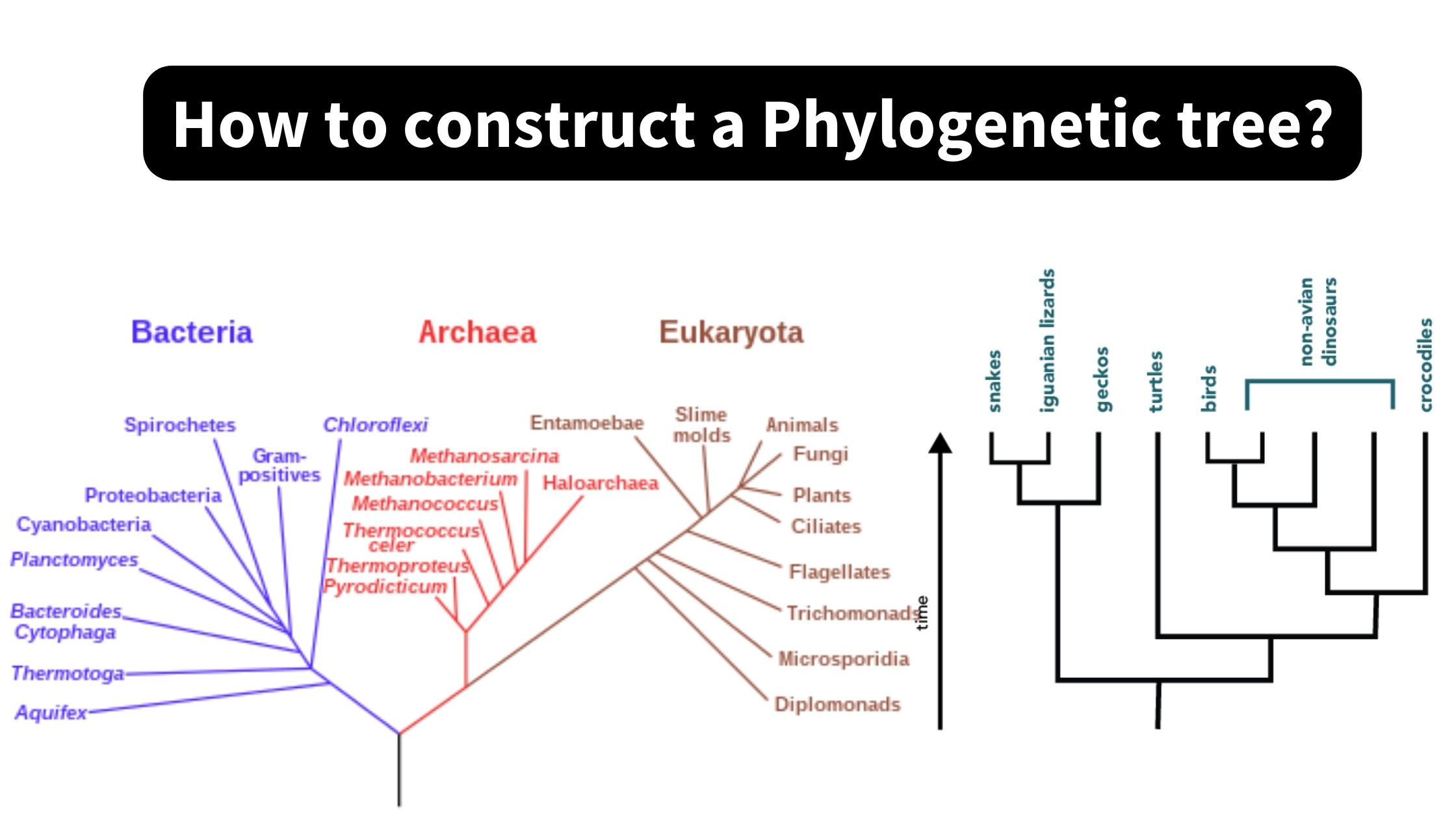Sequence Alignment – Definition, Types, Tools, Applications
What is Sequence Alignment? Sequence alignment is a computational technique used to compare and analyze the similarities and differences between two or more sequences of biological data, such as DNA, RNA, or protein sequences. By aligning sequences, researchers can identify conserved regions, detect mutations, infer evolutionary relationships, and predict functional elements. It involves arranging the … Read more




